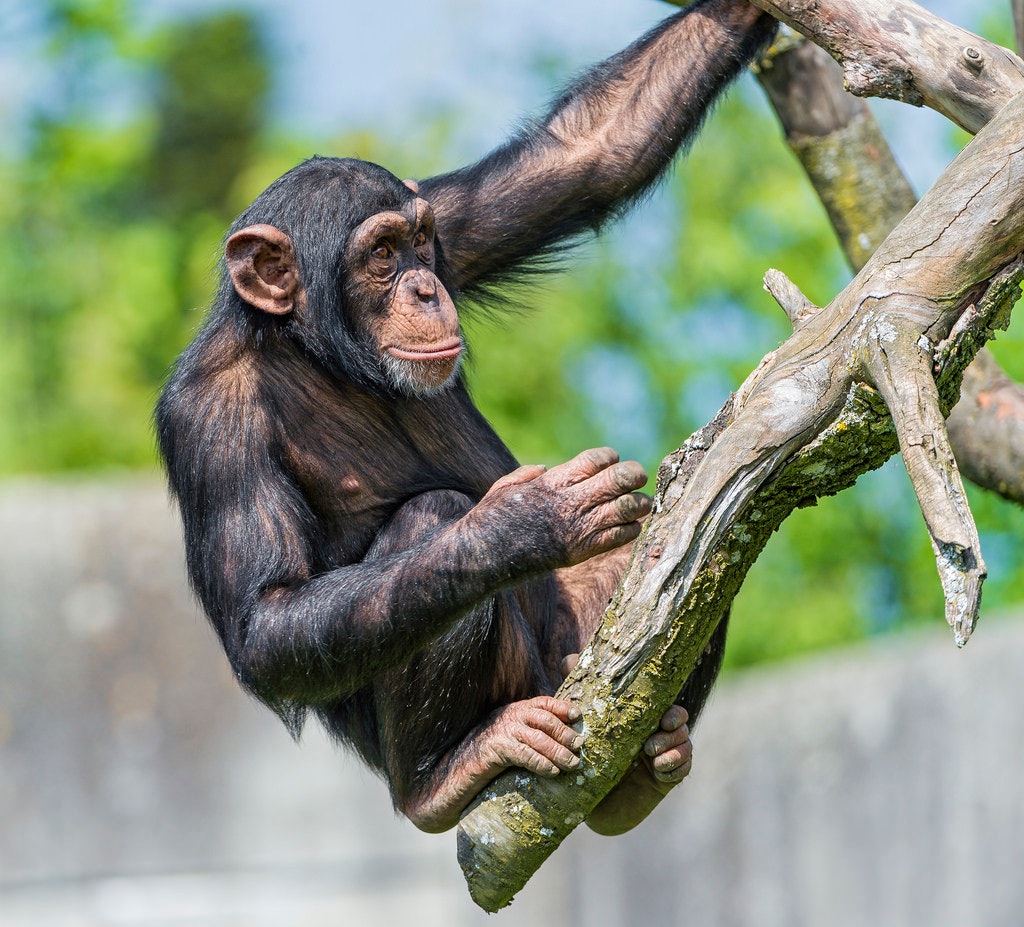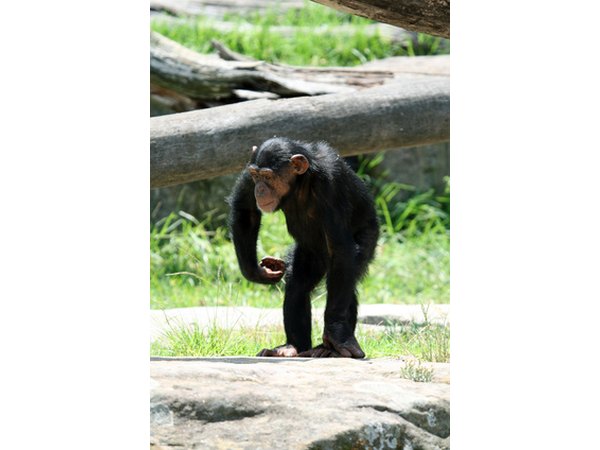
As there are many notable examples of cross-species transmission between other primates and humans-including the HIV/AIDS pandemic-these studies can also illuminate mechanisms of adaption to pathogens of medical and economic importance. Studying the effects such selection has had on chimpanzee genomes can provide valuable insights into how pathogens are affecting an endangered primate species. Viruses are a major factor driving recent and ongoing natural selection in mammalian genomes. Interestingly, our results suggest that SIV has elicited distinctive adaptive responses in these two chimpanzee subspecies. Thus, our results suggest that positive selection has contributed to the genetic and phenotypic differentiation of chimpanzee subspecies, and that viruses likely play a predominate role in this differentiation, with SIV being a likely selective agent. Conversely, central chimpanzees exhibit an enrichment of signatures of positive selection only at cytokine receptors, due to selective sweeps in CCR3, CCR9 and CXCR6 –paralogs of CCR5 and CXCR4, the two major receptors utilized by HIV to enter human cells.

These sites are enriched for genes involved in immune responses to pathogens, and for genes inferred to differentiate the immune response to infection by simian immunodeficiency virus (SIV) in natural vs. Specifically, we observe strong evidence of recent selection in eastern chimpanzees, with highly differentiated SNPs being uniquely enriched in genic sites in a way that is expected under recent adaptation but not under neutral evolution or background selection. In contrast, chimpanzees show evidence of recent positive selection, with differences among subspecies. Previous analyses of such patterns in human populations exhibited limited evidence of adaptation. To quantitatively explore genetic adaptation, we investigated the genic enrichment for SNPs highly differentiated between chimpanzee subspecies. Inhabiting central Africa, the four subspecies of chimpanzees differ in demographic history and geographical range, and are likely differentially adapted to their particular local environments. As humans continue to encroach upon their habitats, which shrink in size and grow in density, the risk of inter-population and cross-species viral transmission increases, a point dramatically made in the reverse with the global HIV/AIDS pandemic.

Aside from direct human impacts such as hunting and habitat destruction, a key threat is transmissible disease. Chimpanzees, humans’ closest relatives, are in danger of extinction.


 0 kommentar(er)
0 kommentar(er)
